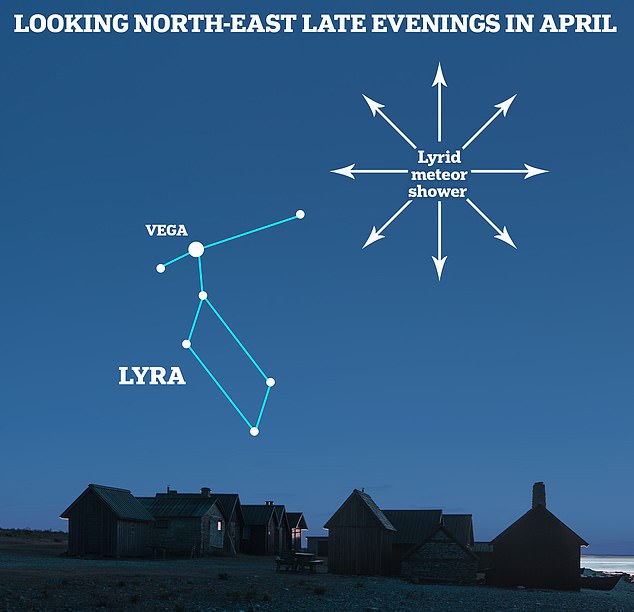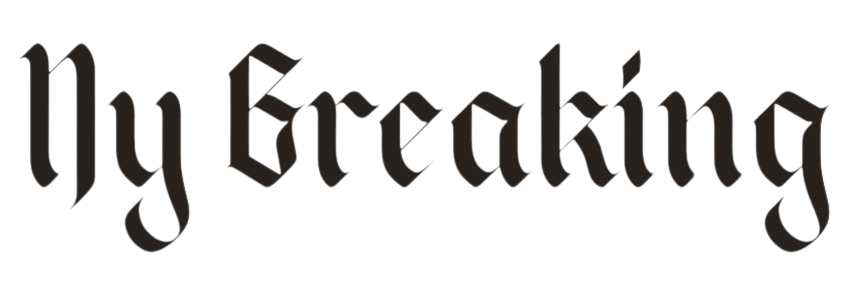The Lyrid Meteor Shower reaches its peak tomorrow with up to 18 shooting stars overhead every hour – here’s how to watch the spectacular display from Britain
- The Lyrid Meteor Shower is active for most of April, but peaks on April 22
- Eagle-eyed stargazers can spot up to 18 shooting stars every hour
Seeing a shooting star is something that is on many people’s bucket lists.
And now you might finally get the chance to tick it off, with a beautiful meteor shower peaking tomorrow night.
The Lyrid Meteor Shower is active for most of April, but officially reaches its peak on April 22.
At this point, eagle-eyed stargazers can see up to 18 shooting stars overhead every hour.
Here’s everything you need to know about the Lyrid Meteor Shower, including how and when to see it from Britain.
Seeing a shooting star is something that is on many people’s bucket lists. And now you might finally get the chance to tick it off, with a beautiful meteor shower peaking tomorrow night
What is the Lyrid meteor shower?
The Lyrid Meteor Shower occurs around mid to late April, when Earth passes through debris from comet C/1861 G1 Thatcher.
‘These objects are moving extremely fast (around 50 km/s) compared to the relatively still atmosphere,’ explains the Royal Museums of Greenwich.
‘In fact, they fall so fast that the air in front of them cannot move quickly enough, but instead is quickly squashed and warmed.
‘This causes the surface of the meteor to reach a temperature of up to 1600°C and glow brightly, visible as a momentary streak of light in the sky.’
The Lyrids will be visible from anywhere in the sky, although they appear to originate from the constellation Lyra, from which they get their name.
When is the Lyrid meteor shower?
This year, the Lyrid Meteor Shower has been active since April 14 and ends on April 30.
However, it reaches its maximum on April 22 and 23.

The Lyrids will be visible everywhere in the sky, although they appear to originate from the constellation Lyra, from which they get their name
When is the best time to see it?
If you can stay awake, the best time to see the meteor shower is the early morning of April 23.
‘Wait until after midnight, when the radiant point will have risen in the constellation Lyra in the east,’ Royal Museums Greenwich advised.
‘The later in the morning you wait, the higher the radiation will rise and the fewer meteors will be hidden below the horizon.
‘But the closer you get to sunrise, the clearer the sky will become, so plan accordingly!’
Tips for seeing shooting stars
If you go out to see the meteor shower, the most important thing is that you find a dark place with a clear view of the sky.
Dress warmly and bring plenty of snacks – patience is key!
“Just fill your can with air and wait,” said Royal Museums Greenwich.
‘Lying on the ground is a great way to see as much as possible – a blanket is optional but highly recommended.
‘Long reclining loungers make it even more comfortable to look at the sky.
‘And even though summer is fast approaching, don’t forget to dress warmly!’
What if I miss it?
If you miss the Lyrids, there’s good news: there will be another shower in a few days!
The Eta Aquariids started on April 19 and will run until May 28.
However, the peak is on May 6, so put this in your diary.
